Understanding PLC Systems
Programmable Logic Controllers (PLCs) are the cornerstone of industrial automation. These specialized computers are designed to control a variety of industrial processes and machinery. A PLC's adaptability allows it to perform a range of functions from simple lighting systems to complex chemical processing plants.
Types and Applications of PLCs
PLCs come in various forms, from compact units to modular rack-mounted ones. Their applications span across industries such as manufacturing, energy, and transportation. For instance, in conveyor belt systems, PLCs can regulate the speed and manage the operation sequence, enhancing efficiency and safety.
Core Features of PLCs
The core features of PLCs include a user-friendly interface for programming, robust input/output arrangements, and the ability to withstand harsh industrial environments. They are designed for real-time use and can handle multiple input and output arrangements, from digital to analog.
Materials and Construction
PLCs are constructed with durability in mind, often housed in sturdy materials like stainless steel to protect against environmental factors such as dust, moisture, and extreme temperatures. This ensures longevity and reliability in demanding industrial settings.
Advantages of Implementing PLCs
The implementation of PLCs in industrial settings can lead to increased efficiency, reduced downtime, and greater flexibility in process management. Their ability to be reprogrammed and integrated with other systems makes them a versatile solution for process control.
Choosing the Right PLC
Selecting the appropriate PLC requires an understanding of the specific needs of the application, including the number of inputs and outputs, the type of signals used, and the environmental conditions it will be exposed to. Alibaba.com hosts a vast array of PLCs to suit diverse industrial requirements.
industrial automation
conveyor belt systems
real-time use
input and output arrangements
process control
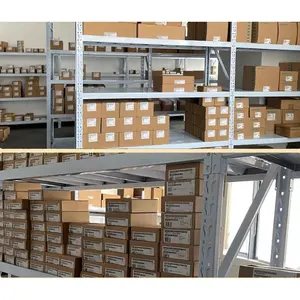

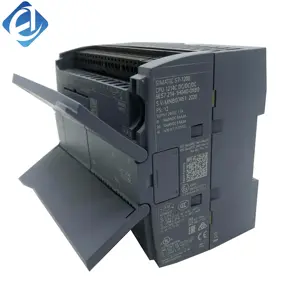



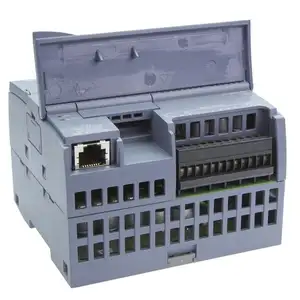

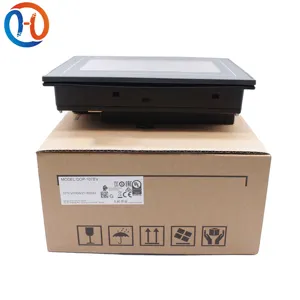

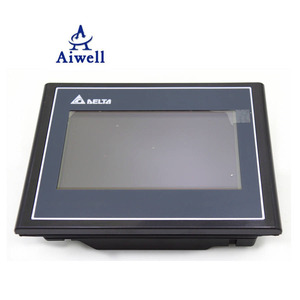










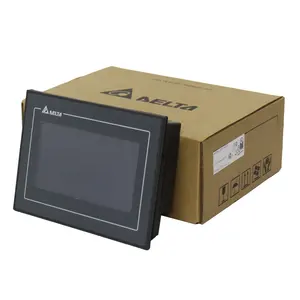
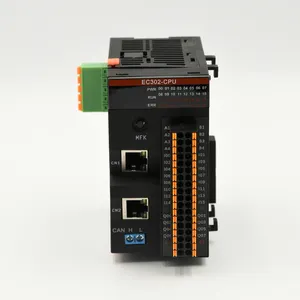

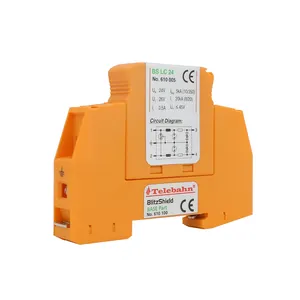







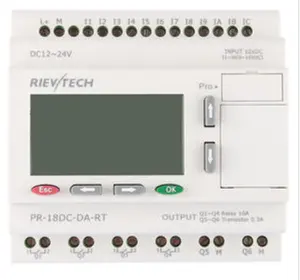

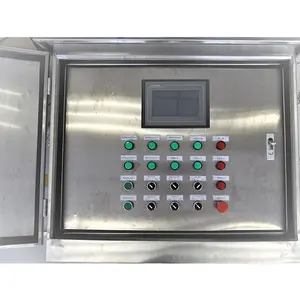




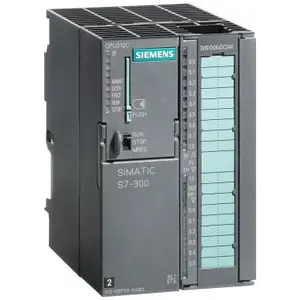







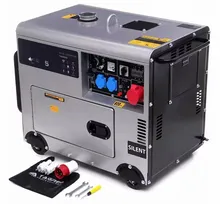























 浙公网安备 33010002000092号
浙公网安备 33010002000092号 浙B2-20120091-4
浙B2-20120091-4